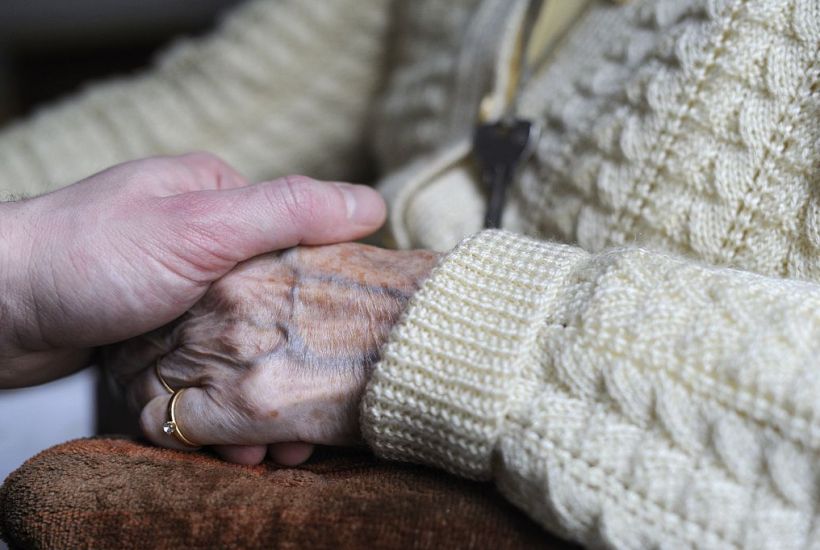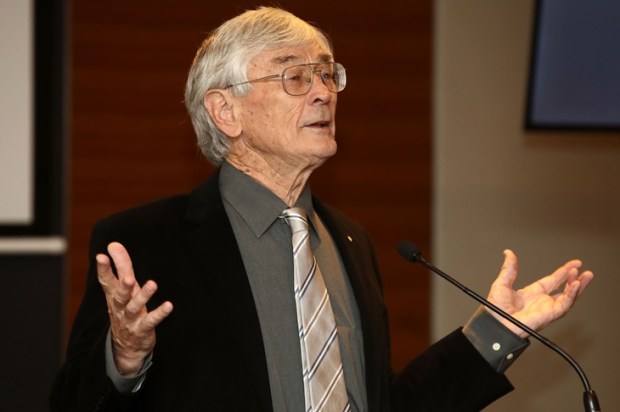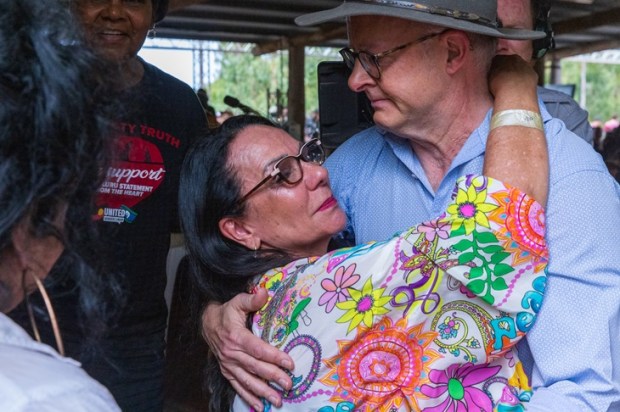In the midst of the physician assisted suicide and euthanasia debate in Victoria, there are a variety of myths circulating. It is not possible to make good decisions if the process is flawed by misunderstandings and distorted beliefs. Here are some of the key distortions, debunked:
Myth 1: Public polls are reliable, and a decision about assisted suicide must accord with their results.
Reality: a poll about any matter is only useful to the extent that the question asked is realistic, and those polled have some knowledge about the matter.
Is it clinically realistic to ask a question like “Are you in favour of assisted suicide if someone has uncontrollable pain, and is terminally ill?”
A reading of the 1037 submissions to the Victorian parliamentary committee shows that such scenarios have occurred in the past (before palliative care was available) but should not be the case in 2017, now that modern palliative care is available – if people will use it. Good pain control measures are now possible if used properly.
The Palliative Care Victoria submission to the inquiry states:
In most cases, specialist palliative care teams are able to address the person’s physical pain and other symptoms and to respond to their psycho-social, emotional, spiritual and cultural needs so that they are able to live and die well with dignity. However, a small minority of patients experience refractory symptoms such as agitated delirium, difficulties breathing, pain and convulsions … Prudent application of palliative sedation therapy may be used in the care of selected palliative care patients with otherwise refractory distress.
A problem we do have is that palliative care skills are not widely disseminated among the average doctor and nurse, and there are not enough specialist palliative care teams. Arguably that is where change is needed – more specialist teams, and better education of graduates in the relevant skills and knowledge.
How much does the average Joe or Joanne know about palliative care or the legal implications of a law to permit assisted suicide and euthanasia? I suggest very little.
Private polling of doctors even has the same limitation since most doctors have little to do with terminal illness management. Polling of doctors does show that most doctors are opposed to such legislation and that the more a doctor has to do with palliative care, the less they see a need for such legislation, and the more opposed they are to it.
Myth 2: Pain is the main issue.
Reality: Recent research with people in Canada who requested assisted suicide shows that pain is not the main issue. The main reason given was a desire for control of personal circumstances.
This means that the “uncontrollable pain” issue has been used somewhat as a selling point, and the assertion of ‘autonomy’ is the main underlying issue.
However, an assisted suicide process is not really autonomy, since others would be involved, and to exercise such choice would require a major change to medical ethics.
It also means that anxiety and fear of the future is a key issue underlying these requests. My personal experience of such requests is that they indicate an ‘unsolved problem’ – that is where the focus of improved care should be.
The World Medical Association policy on assisted suicide and euthanasia states “Physician-assisted suicide, like euthanasia, is unethical and must be condemned by the medical profession”. AMA policy is that doctors not be involved if such legislation is passed.
Myth 3: Doctors can tell you how long you have to live.
Reality: Doctors can give five-year survival rates. No doctor can tell you how long a person has to live. Such comments are guesswork. A guideline for PAS involving a 12-month prognosis is an illusion.
Myth 4: Assisted suicide would affect that individual only.
Reality: A law change affects everyone in the community. Hence there is a need to evaluate the effect of PAS law on the common good and medical practice. The fact is that in The Netherlands, and Belgium, the criteria have slipped to include not just people who appear terminally ill, but those with psychiatric illness who are physically well, and those who state they suffer in some way (but who are not assessed for any possible treatment).
It is stated policy by advocacy groups in places such as Oregon to not advocate for a widening of criteria until more states sign up for PAS.
Myth 5: Families are always benign and caring.
Reality: Evidence is that elder abuse is most likely from those close to a person, especially family. It is also a reality that when a person is seriously ill, many family members find it very stressful, and have quite mixed feelings about the ill person: part of you wants them to go on; part of you wants the whole experience over asap. I have experienced this myself. It makes a seriously ill person vulnerable to coercion from family to go down the assisted suicide path.
Myth 6: Likely guidelines are adequate safeguards.
Reality: The guidelines set out by the Victorian Ministerial Advisory Panel do not provide for any medical assessment of palliation at all. They do not provide for a genuinely independent medical opinion and do not attempt to detect coercion of the person. The door to elder abuse is left wide open.
Myth 7: The standard of future healthcare will not be affected.
Reality: As has become apparent overseas, healthcare economists soon realise that it is likely cheaper for the bureaucracy to offer a ‘comfort medication’ (suicide pill) than to pay for palliative care or chemotherapy. It is therefore very likely that assisted suicide legislation will distort future health care delivery – and that conclusion is drawn without even considering the expense of future dementia care.
The proposed Victorian bill is not available at the time of writing, but the government has accepted all of the panel recommendations.
In my view, any benefits of a change of the law to a few will be outweighed by the risks to the common good, to vulnerable ill people, and the quality of future health care.
The better solution is a rapid expansion of palliative care services and more active teaching of the principles and techniques involved to medical and nursing graduates.
Dr John Buchanan is a former Chair of the Victorian Branch of the Royal Australian & New Zealand College of Psychiatrists. He has worked as a physician, then medical director, at Citimission Hospice Program and after training in psychiatry as a liaison psychiatrist, oncology and palliative care, in Melbourne. In 2013 he was the recipient of the RANZCP Medal of Honour.
Got something to add? Join the discussion and comment below.
Got something to add? Join the discussion and comment below.
Get 10 issues for just $10
Subscribe to The Spectator Australia today for the next 10 magazine issues, plus full online access, for just $10.


























Comments
Don't miss out
Join the conversation with other Spectator Australia readers. Subscribe to leave a comment.
SUBSCRIBEAlready a subscriber? Log in